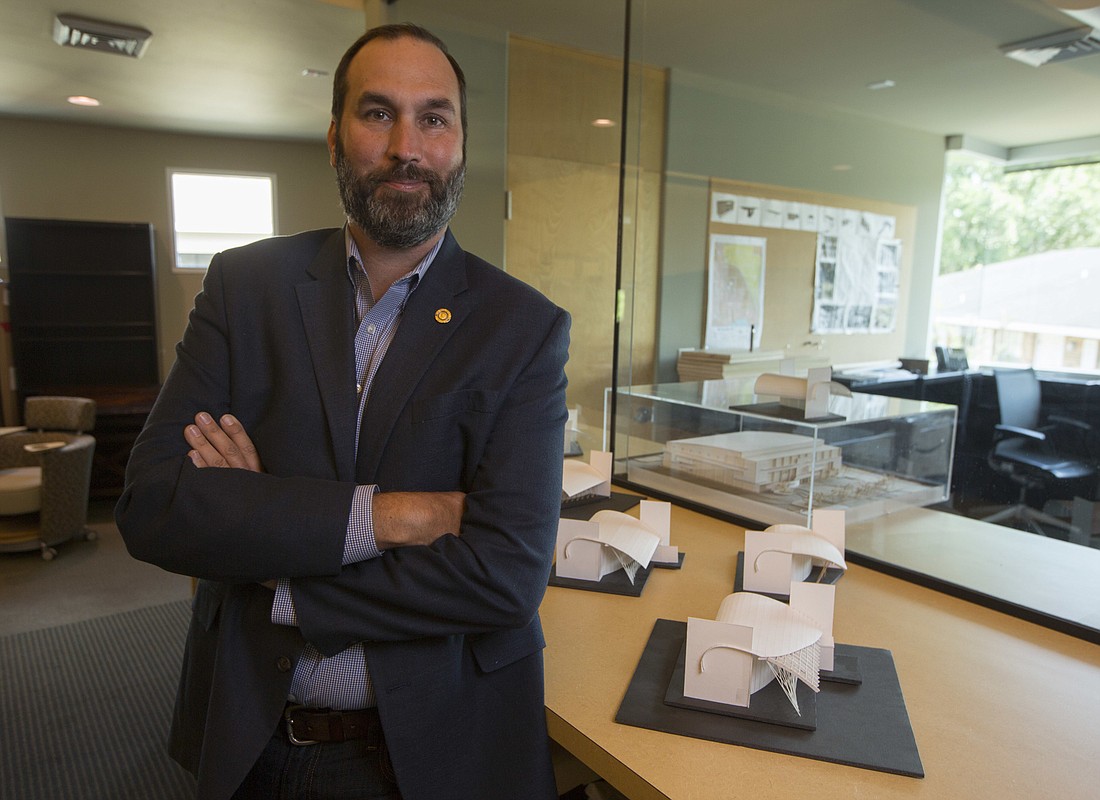- December 18, 2025
-
-
Loading

Loading

More plus more, in expertise and sectors, is the linchpin that launched a recent merger of two of the largest Polk County architectural and design firms. Yet the tie-up, of WMB-ROI and The Lunz Group, says one of the executives in the deal, was more shotgun marriage than long courtship.
The results, believe both companies, are wedded bliss: Operating under The Lunz Group, the 40-plus employee firm now has five offices — Dunedin/Clearwater, Lakeland, Winter Haven, Celebration and Melbourne — spanning Central Florida’s Interstate 4 corridor from Pinellas to Brevard County. The Lunz Group did $4.7 million in revenue in 2018, up 17.5% from $4 million in 2017. Both firms were based in Lakeland prior to the deal, of which financial terms weren’t disclosed.